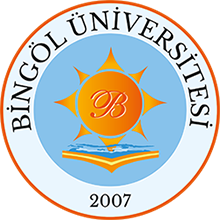Effects of beak trimming, stocking density and sex on carcass yield, carcass components, plasma glucose and triglyceride levels in large white Turkeys
View/
Date
2015Author
Şengül, Turgay
İnci, Hakan
Şengül, Ahmet Yusuf
Söğüt, Bünyamin
Kiraz, Selahattin
Metadata
Show full item recordAbstract
This study was conducted to determine the effects of beak trimming, stocking density (D) and sex (S) on live weight (LW),
carcass yield and its component, and plasma glucose (PG) and triglyceride levels in Large White turkeys. To accomplish this
aims, totally 288 d old large white turkey chicks (144 in each sex) were used. Beaks of 77 male and female poults were
trimmed when 8 d old with an electrical beak trimmer. The birds were fed by commercial turkey rasion. Experiment was
designed as 2 × 2 × 2 factorial arrangement with 3 replications in each group. Beak trimming and stocking density did not
affect live weight, carcass composition and its components. The higher LW and carcass weight observed in trimmed groups.
As expected, male birds are heavier than female, and carcass percentage (CP) would be adverse. However, in this study, CP
of male was higher in trimmed, in 0.25 m2/bird. (D) × sex (S) interaction had an effect on both CP and thigh weights (p<
0.05). Significantly D×S was observed in LW, CP and PG. The weight of carcass and its some components were higher in
male. S×D interaction had an effect on plasma glucose level (p<0.05). Triglyceride level was affected (p<0.05) by sex. Significant
relationships were found between percentage of thighs (r=0.447, p<0.01) and percentage of breast (r=0.400, p<
0.01). According to this study, it can be said that trimming is useful with density of 0.25 m2/bird in turkey fattening.
Collections
- Zootekni Bölümü [61]

DSpace@BİNGÖL by Bingöl University Institutional Repository is licensed under a Creative Commons Attribution-NonCommercial-NoDerivs 4.0 Unported License..













